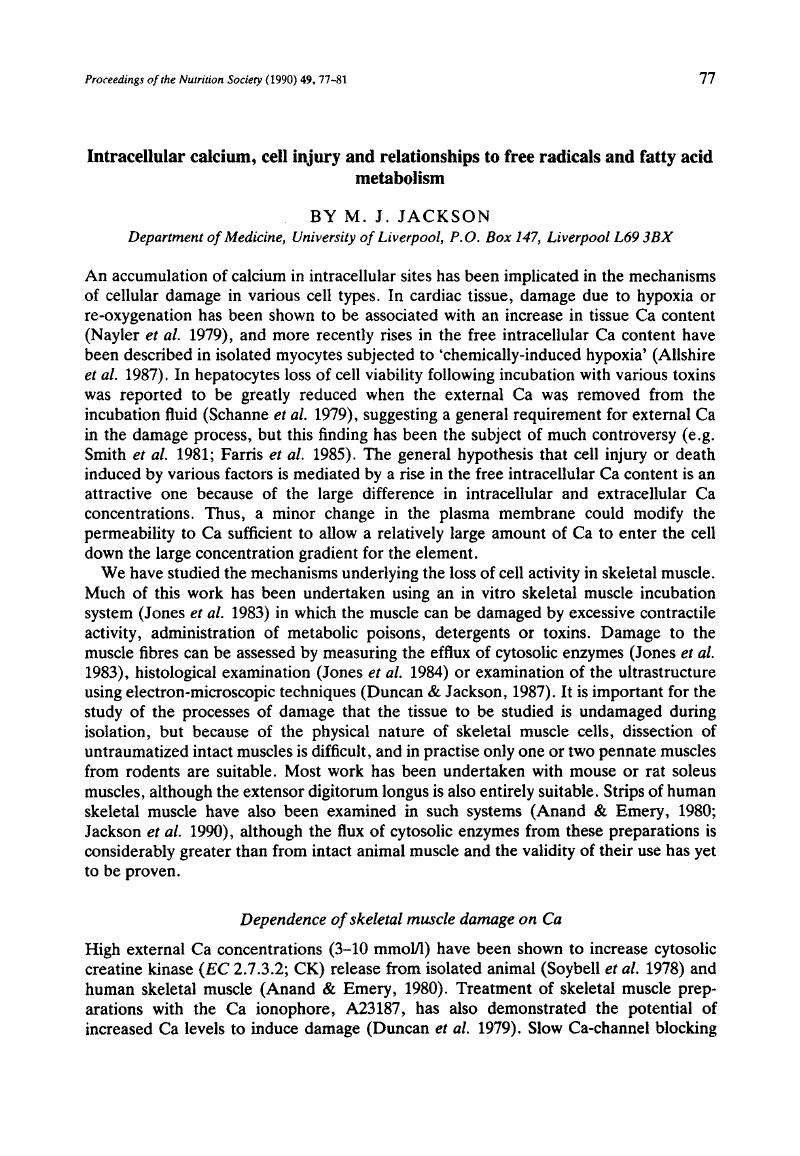Crossref Citations
This article has been cited by the following publications. This list is generated based on data provided by Crossref.
Dargel, R.
1992.
Lipid peroxidation — a common pathogenetic mechanism?.
Experimental and Toxicologic Pathology,
Vol. 44,
Issue. 4,
p.
169.
Jakemanl, P.
and
Maxwell, S.
1993.
Effect of antioxidant vitamin supplementation on muscle function after eccentric exercise.
European Journal of Applied Physiology and Occupational Physiology,
Vol. 67,
Issue. 5,
p.
426.
MacLeay, Jennifer M.
2004.
Equine Internal Medicine.
p.
461.
Zhao, J.
Li, S.P.
Yang, F.Q.
Li, P.
and
Wang, Y.T.
2006.
Simultaneous determination of saponins and fatty acids in Ziziphus jujuba (Suanzaoren) by high performance liquid chromatography-evaporative light scattering detection and pressurized liquid extraction.
Journal of Chromatography A,
Vol. 1108,
Issue. 2,
p.
188.
MacLeay, Jennifer M.
2006.
Polysaccharide Storage Myopathy in a 4-Year-Old Holsteiner Gelding.
Veterinary Clinics of North America: Equine Practice,
Vol. 22,
Issue. 1,
p.
145.
Osipenko, Alexander Nikolaevich
2018.
Change of plasmalogen content of red blood cells in myocardial hypoxia and acidosis.
Acta Cardiologica,
Vol. 73,
Issue. 1,
p.
61.





